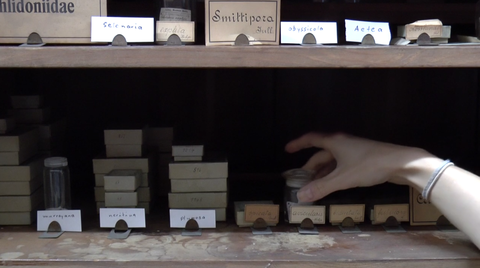Zentralinstitut der Humboldt-Universität zu Berlin

Conference »Working on Things«
Various kinds of work have to be invested in objects before they become worthy of collection, before they can be researched on, preserved, and exhibited. Work on the dinosaur skeleton of Brachiosaurus brancai in Berlin’s Museum für Naturkunde, for example, extended far beyond the decades of the fossil’s preparation in the Museum. This object’s history also includes the colonial forced labour
on cotton plantations in German East Africa at the beginning of the twentieth century that produced the packing material necessary for transporting the findings to Europe. Such figurations of work across time and space form the focus of the conference »Working on Things«: which kinds of materials and of immaterial labour had to be invested in order to acquire or produce a given object, in order to transport it, examine it, exhibit it, or valuate it? What existing knowledge, and which social, political, and legal conditions characterized this work? What types of materials, tools or techniques were used?
21–22/11/2016
Jacob-und-Wilhelm-Grimm-Zentrum
Geschwister-Scholl-Str. 1/3
10117 Berlin
Registration open until November 13th:
